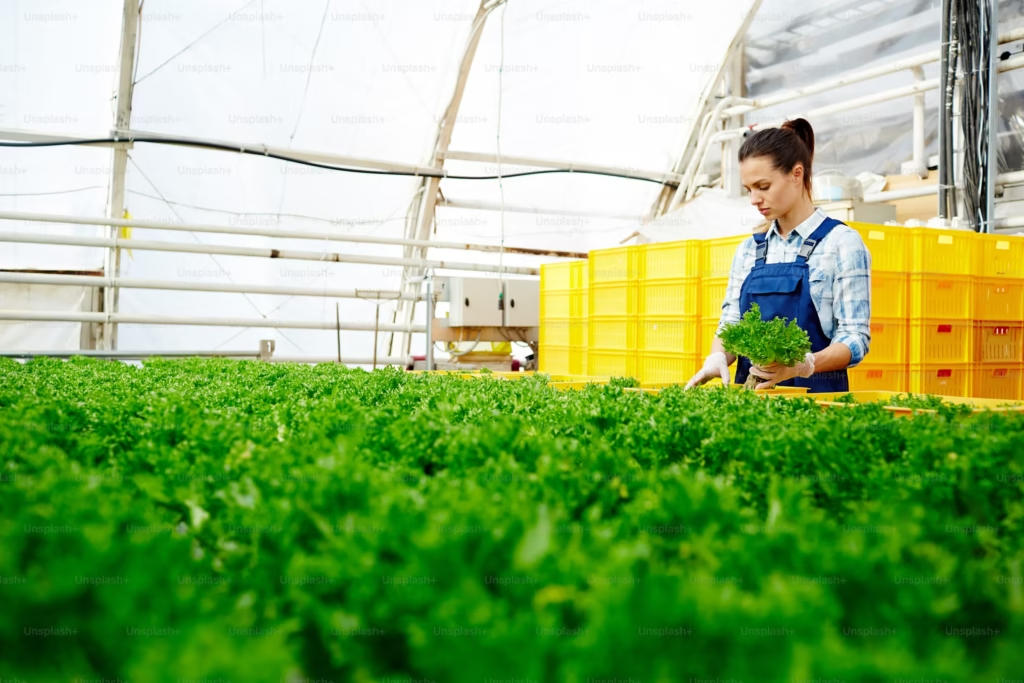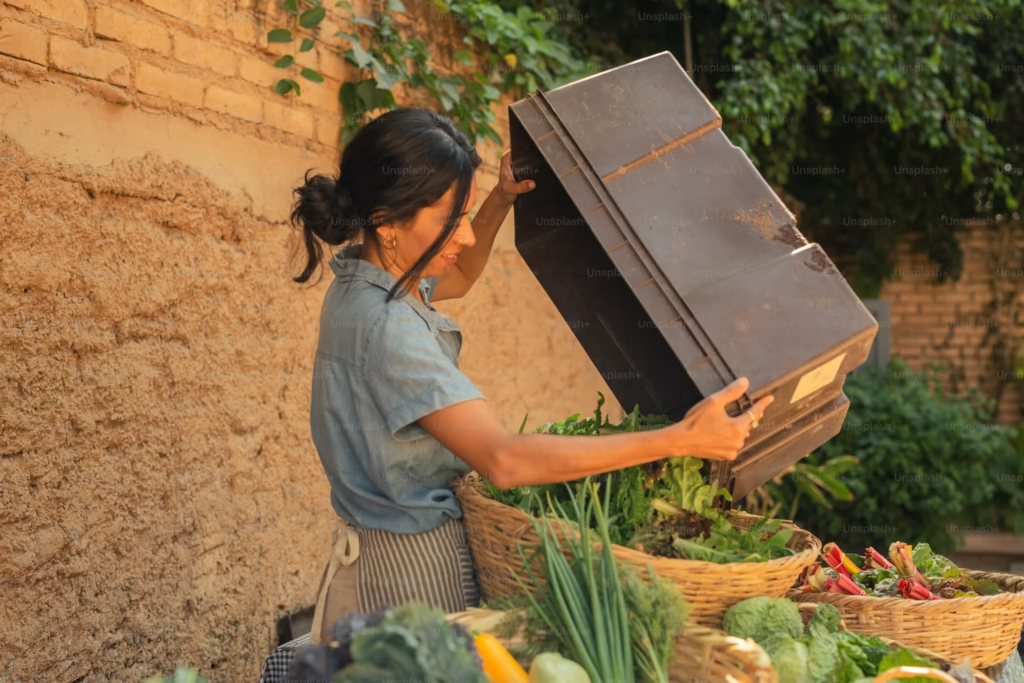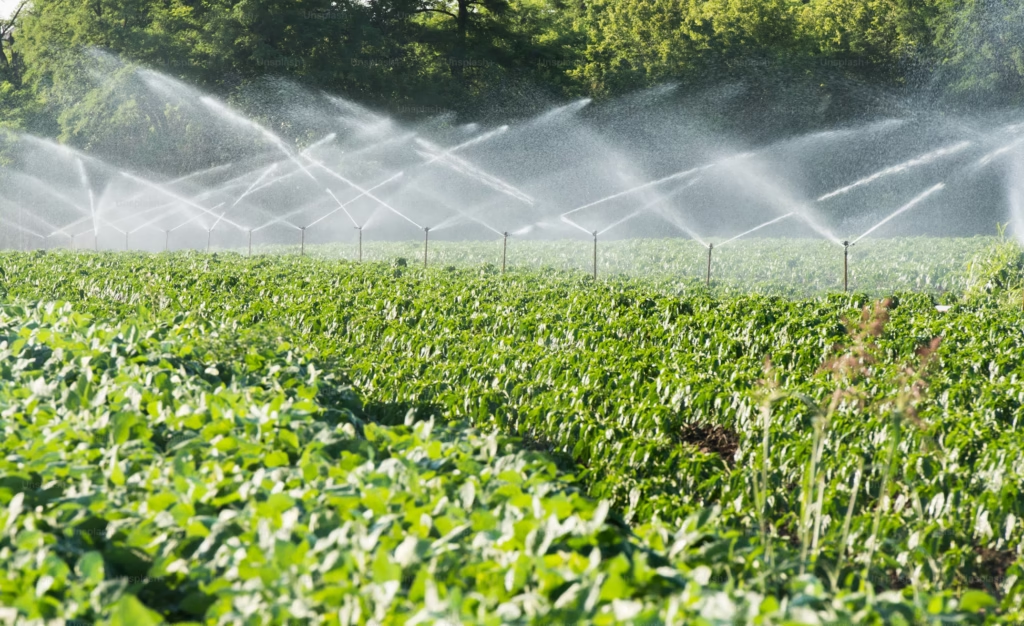
Eco-Friendly Pest Control Methods for Farms
Pest control is a significant concern for farmers, as pests can damage crops, reduce yields, and threaten food security. However, traditional pest control methods often rely on harmful chemicals that can negatively impact the environment, human health, and beneficial organisms. In response to these concerns, eco-friendly pest control methods have gained popularity as sustainable and effective alternatives. Below are some of the best eco-friendly pest control methods for farms that can help protect your crops while preserving the environment.
1. Biological Control (Biocontrol)
Biological control involves the use of natural predators, parasites, or pathogens to manage pest populations. This method helps keep pest numbers in check without relying on chemical pesticides.
Examples:
- Ladybugs: These insects are natural predators of aphids and other soft-bodied pests.
- Predatory Mites: Used to control spider mites, thrips, and other pests.
- Beneficial Nematodes: Tiny worms that target soil-borne pests like grubs and root weevils.
Why It Works:
Biological control can create a balanced ecosystem on the farm, where pests are naturally controlled without disrupting the environment. It reduces the need for chemical interventions and minimizes the impact on beneficial insects.
2. Companion Planting
Companion planting involves growing different plant species together to naturally repel pests, enhance plant growth, and improve yields. Certain plants release scents or chemicals that repel specific pests.
Examples:
- Marigolds: Known to repel nematodes, aphids, and other pests due to their strong scent.
- Basil and Tomatoes: Basil repels aphids, whiteflies, and mosquitoes while enhancing the growth of tomatoes.
- Garlic and Onions: Help repel aphids, slugs, and Japanese beetles.
Why It Works:
Companion planting creates a natural pest-repellent barrier, reducing the need for pesticides while encouraging a biodiverse, healthy farm ecosystem. It’s a great way to naturally manage pests while also benefiting plant health.
3. Neem Oil
Neem oil, derived from the neem tree, is a natural pesticide known for its broad-spectrum effectiveness against a wide variety of pests, including aphids, mealybugs, and whiteflies. It works as both an insecticide and a fungicide.
Why It Works:
Neem oil works by disrupting the life cycle of pests, making it difficult for them to feed, reproduce, and grow. It is non-toxic to humans, pets, and beneficial insects when used correctly, making it an ideal eco-friendly alternative to synthetic chemicals.
4. Diatomaceous Earth
Diatomaceous earth (DE) is a naturally occurring, fine powder made from the fossilized remains of diatoms (algae). It works as a mechanical insecticide by damaging the exoskeletons of insects, causing them to dehydrate and die.
Why It Works:
Diatomaceous earth is safe for humans, animals, and beneficial insects but deadly to pests like ants, fleas, and slugs. It is often used in organic farming because it doesn’t leave harmful residues and is highly effective at targeting pests without harming the environment.
5. Organic Insecticidal Soaps
Insecticidal soaps are made from natural fatty acids and are designed to kill soft-bodied pests like aphids, mealybugs, and spider mites. These soaps work by breaking down the pest’s cell membranes, ultimately leading to their death.
Why It Works:
Insecticidal soaps are safe for beneficial insects, pets, and humans when used properly. They are biodegradable and less toxic than synthetic pesticides, making them an ideal choice for eco-friendly pest control.
6. Physical Barriers and Traps
Using physical barriers and traps can help prevent pests from accessing crops without the need for harmful chemicals.
Examples:
- Row Covers: Lightweight fabrics that protect plants from insect pests, such as cabbage moths and aphids, while still allowing sunlight and rain to reach the plants.
- Sticky Traps: Yellow sticky traps can capture flying pests like whiteflies and aphids.
- Copper Mesh: Used around plants to deter slugs and snails.
Why It Works:
Physical barriers are a chemical-free way to control pests by preventing their access to crops. These methods are easy to implement, highly effective, and can be used in combination with other natural pest control techniques.
7. Organic Mulching
Mulch not only helps retain moisture in the soil and suppress weeds, but it can also act as a natural pest control method. Certain types of mulch can help deter pests like slugs, snails, and ants.
Examples:
- Cedar Mulch: Repels insects like ants, moths, and fleas.
- Straw and Hay: Acts as a physical barrier to pests and prevents soil erosion.
- Grass Clippings: Can deter pests and provide nutrients to the soil as they decompose.
Why It Works:
Mulching helps create an environment that is inhospitable to pests while providing benefits to the plants. It’s a natural and sustainable pest control method that is easy to incorporate into farming practices.
8. Crop Rotation
Crop rotation is the practice of growing different crops in the same field each season. This helps prevent the build-up of pest populations that are specific to one type of crop. Rotating crops also improves soil health by diversifying the types of nutrients that are drawn from the soil.
Why It Works:
By rotating crops, pests that are attracted to a specific crop have a harder time finding a suitable host, thereby reducing the likelihood of pest infestations. It also helps improve soil fertility, leading to healthier crops that are better able to resist pests.
9. Beneficial Insects and Pollinators
Encouraging or introducing beneficial insects and pollinators is an excellent way to maintain ecological balance on the farm. These insects help control pest populations by preying on harmful pests and supporting crop pollination.
Examples:
- Lacewing Larvae: Effective predators of aphids, thrips, and whiteflies.
- Parasitic Wasps: Natural enemies of pests like caterpillars, aphids, and beetles.
- Bees: Essential for pollinating crops and maintaining healthy farm ecosystems.
Why It Works:
Beneficial insects are natural pest controllers that provide long-term, sustainable management solutions. By promoting the health of pollinators and predators, you’re contributing to a healthy ecosystem that helps maintain pest control without chemicals.
10. Healthy Soil Management
Maintaining healthy soil through composting, adding organic matter, and practicing no-till farming can create a thriving environment for plants while helping to prevent pests. Healthy soil supports strong plant growth, making crops more resistant to pests and diseases.
Why It Works:
Plants grown in healthy soil are naturally more resilient and able to fight off pest attacks. Healthy soil also promotes the growth of beneficial microbes and organisms that outcompete or repel harmful pests.
Conclusion
Eco-friendly pest control methods are not only safer for the environment but also support sustainable and organic farming practices. By integrating biological control, companion planting, natural insecticides, and healthy farming practices, farmers can reduce their reliance on harmful chemicals, protect beneficial organisms, and maintain a balanced ecosystem on their farms. These methods may require a more hands-on approach, but they offer long-term benefits that contribute to healthier, more resilient farms and a better future for agriculture.



